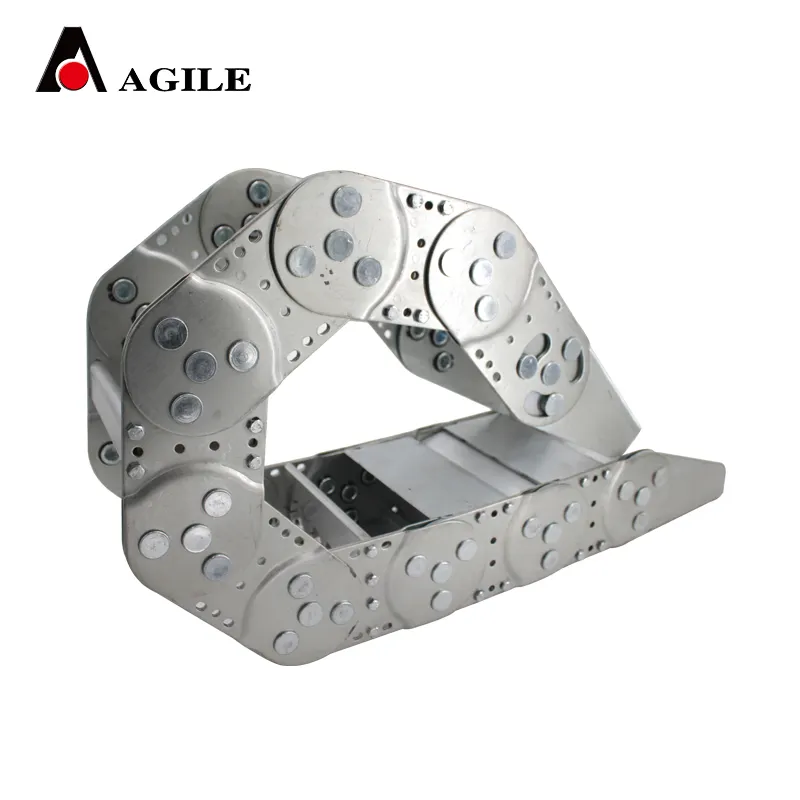Flexible Solutions for Cable and Hose Management in Industrial Applications
Understanding Cable and Hose Carriers Essential Components in Modern Machinery
In the world of industrial machinery and automation, cable and hose carriers play a crucial role in ensuring the smooth operation of moving parts. Also known as energy chains, these components are designed to protect and guide cables, hoses, and other flexible media, significantly enhancing the efficiency and safety of machinery.
Cable and hose carriers are used in various applications, from manufacturing plants to robotics, construction equipment, and even amusement parks. Their primary function is to organize and manage the flexible elements within machines, preventing tangling or damage during movement. This is particularly important in environments where machinery experiences repetitive motion or where high mobility is required.
One of the significant advantages of using cable and hose carriers is their impact on equipment longevity. By providing a protective pathway for cables and hoses, these carriers reduce wear and tear caused by friction and environmental factors. This can help prevent costly breakdowns and extend the lifespan of both cables and machinery. Furthermore, with the right carrier system, maintenance becomes easier, allowing for quick access to essential components when repairs or replacements are needed.
cable and hose carrier

These carriers come in various designs and materials, tailored to meet specific operational needs. For instance, lightweight plastic carriers are often used in areas where weight reduction is critical, while heavier-duty metal carriers are suitable for applications that demand durability and strength. Additionally, different sizes and shapes are available, accommodating various length requirements and installation spaces.
The modular nature of cable and hose carriers allows for easy customization, enabling engineers to create systems that best fit their machinery's layout and functional requirements. Many modern carriers also feature innovative designs that facilitate flexible motion, allowing for considerable freedom of movement without compromising the integrity of the cables and hoses.
Beyond functionality, cable and hose carriers also contribute to safety in industrial environments. They minimize the risk of tripping hazards posed by loose cables and hoses on the floor, promoting a cleaner and safer workspace. As workplaces increasingly integrate automation and robotics, the relevance of these carriers is only expected to grow, supporting more complex systems while maintaining order and efficiency.
In conclusion, cable and hose carriers are indispensable in modern machinery, providing protection, enhancing mobility, and ensuring safety in diverse applications. As technology advances, the development of these systems will continue to evolve, further supporting the needs of industries worldwide.








